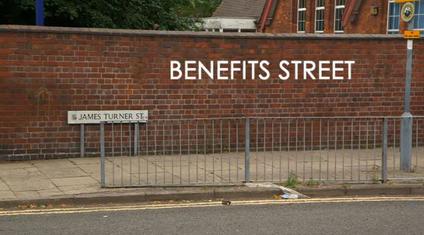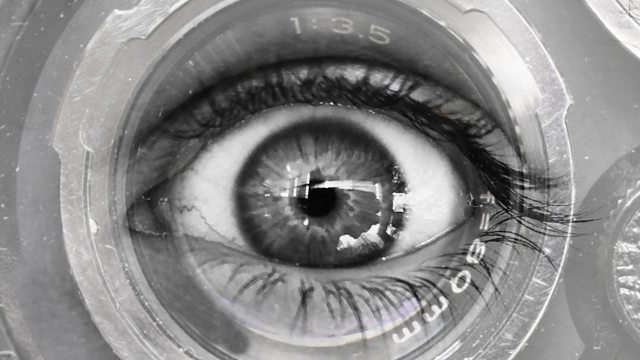The 6 Modes of Documentary
Poetic Mode: Poetic Documentaries often follow a continuous line of favour in mood, juxtaposing of imagery or tone. It is often the case that Poetic documentaries often have little to no narrative content which leads to the directors needing to select very powerfully, highly composed images in order to compensate for the lack of narration. An example of a Poetic documentary is Leni Riefenstahl's production Olympia (1938)

Expository Mode: Expository documentaries often portrait a specific point of view or argument about a certain topic. Often they have a "voice of god" style of narration. In order for the documentary to be deemed as an Expository documentary is a producer specifically looking for shots and images that will strengthen the argument of the film including footage of real-life events, stock footage and re-enactments. Ken Burns production Dust Bowl (2012) is an example of an expository mode documentary.

Participatory Mode: Participatory documentaries are the documentaries that contain direct contact between the producer and the subject meaning when filming, it is equally as important to capture the interviewer as well as the interviewee. Often also known as Interactive documentaries aim for producers of this mode is manage to capture the emotion in the subject. An example of a Participatory mode documentary is Bowling for Columbine (2001) by Michael Moore.
Observational Mode: The main aim for an Observational mode documentary is to capture the real truth, often acting similarly to Fly-On-The-Wall documentary. This means that the producers do not interrupt what they see. Often producers will be asked to be as unobtrusive as possible in order for the subjects to be recorded in their most natural state. A very good example of an Observational Mode Documentary is Benefits Street produced by Richard McKerrow in 2014.
Reflexive Mode: Reflexive documentaries prioritise the relationship between the filmmaker and the audience allowing the audience to feel more engaged with the production. the cinematographer will shoot shots including behind the scenes style footage throughout the whole production process with featured similarities such as editing, interviewing and post-production footage. The documentary A Man With A Movie Camera by Dziga Vertov is an excellent example of reflexive mode documentaries.

Preformative Mode: Performative documentaries are documentaries where the producers get involved with the subject at hand, often using personal past experiences to make the production more interesting for the viewer. The relationship between the producer and the subject also becomes a fairly important part of the production as it brings a sense of emotion to the viewers. Productions such as these include Supersize Me directed by Morgan Spurlock in 2004.

Comments
Post a Comment